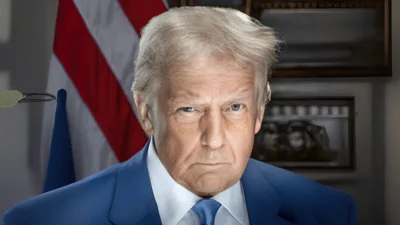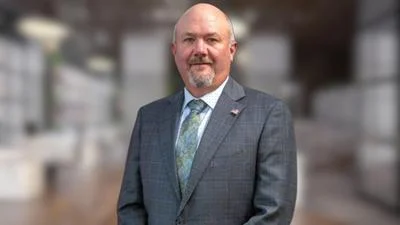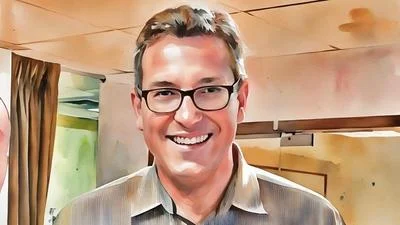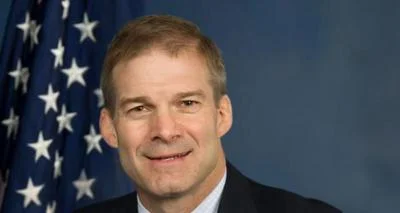The Congressional Record is a unique source of public documentation. It started in 1873, documenting nearly all the major and minor policies being discussed and debated.
“DIGITAL DIVIDE ELIMINATION ACT OF 2000” mentioning the U.S. Dept. of Commerce was published in the House of Representatives section on pages H1248-H1249 on March 22, 2000.
The publication is reproduced in full below:
DIGITAL DIVIDE ELIMINATION ACT OF 2000
The SPEAKER pro tempore. Under a previous order of the House, the gentleman from Louisiana (Mr. Jefferson) is recognized for 5 minutes.
Mr. JEFFERSON. Mr. Speaker, I am pleased to announce that today my colleagues and I introduced the Digital Divide Elimination Act of 2000, legislation designed to extend technology access to every home in America. I urge every Member's support of this vital piece of legislation.
More and more, America is transforming into a technologically driven nation, with every institution being impacted by the Internet and e-
mail. In this new tech-driven economy, computers are becoming the crucial link to education, to information, to technological skills, to job sources, and to commerce.
For all Americans, personal and economic success will depend on having the ability to understand and use these powerful information tools. However, according to the Commerce Department's report defining the digital divide, a large segment of the population has no access to technology at all. In fact, less than 10 percent of households with income below $20,000 own computers or have used the Internet, an alarming statistic. Unless this changes, these poor families, in both rural and urban areas, will be left behind. Millions of Americans will not have the tools necessary to compete in the new economy and will become the first second-class citizens of the information age.
The digital divide has replaced Y2K as the major tech crisis facing America. Educators, Federal and local legislators and industry leaders have all begun to realize that the digital divide in America is a reality and are taking steps to bring technology to schools and libraries across America. We as public officials applaud them for their philanthropic efforts.
In addition, there are current and pending Federal legislation that provides incentives for private corporations to increase computer donations. The increased charitable deduction for computers under Tax Code section 170(e)(6) has boosted computer contributions to public schools. The additional tax incentives proposed in the New Millennium Classroom Act, H.R. 2303, and the President's budget proposal, will provide further inducements and will extend access to libraries and technology centers. I support both these efforts.
However, these efforts are not enough. To truly bridge the digital divide, we must build a public-private partnership to bolster these efforts, and, more importantly, extend technology access to every home in America. Only then will these children and their families truly gain an appreciation for technology and the Internet, in the home, unfettered by the constraints of an institutional setting.
The legislation which we introduced this morning provides the incentives to bridge this gap and ignite the massive effort needed to make the information age a classless society. The legislation will induce private companies to donate computers, Internet access, software and technology training to schools, libraries, computer centers, and homes of poor families. In addition, the tax incentives will make it less costly for poor families to purchase computers.
Let me tell you what the legislation will do: first, the legislation will provide a refundable credit equal to 50 percent of the cost for computer purchases by families receiving the Earned Income Tax Credit, up to $500. While the costs of computers and Internet access are dropping, the cost of a computer still remains a barrier for many low-
income families and many working families. Returning half of the cost of the computer to these families, or, in some cases, all, if computers are less expensive, will help to lessen the financial toll. Just a little assistance can go a long way towards helping working families help themselves and provide a brighter future for their children.
Second, the legislation increases the charitable deduction for computer donations to the higher of the depreciated costs of the computer and the market price of the computer.
{time} 1830
Many corporations have already stepped up to the plate and have offered their assistance in trying to bridge this digital divide. However, if we are truly to give every American access to technology, more has to be done and here government should play a role. As a result of this provision, computer manufacturers will have a greater incentive to donate unsold computers because they can deduct the full value of the computer.
Mr. Speaker, in addition, nonmanufacturers will also have a greater incentive to donate computer equipment even where the depreciated cost of the computer exceeds the market price of the computer. Under current law, it is more economical for many nonmanufacturers to throw away used computers than to donate them to charity because they can take a higher tax deduction for disposing of the computer than for donating it. That is clearly bad tax policy, Mr. Speaker, and thankfully this provision will change that result.
Third, the legislation will extend the special charitable deduction for computer donations through 2004 and expand it to include donations, not only to libraries and training centers, but also to nonprofits that provide computer technology to poor families.
The experience of Computers for Youth in New York City which to date has delivered 103 fully-loaded Pentium computers to the homes of 7th and 8th graders in a South Bronx middle school highlights the need to extend these tax incentives to nonprofit organizations that are placing computers in the homes of poor families.
Computers for Youth has scratched the surface in this one place in New York. We need to encourage similar efforts by nonprofits across the country.
In conclusion, the President has placed priority on this issue and included $2 billion of tax incentives in his budget. I applaud him for this effort. This legislation goes even further to bridge the digital divide by focusing itself not only on provisions outside the home, but to bring computers to every home of every poor family in America. I appreciate this chance to bring this legislation to the American people.
____________________








